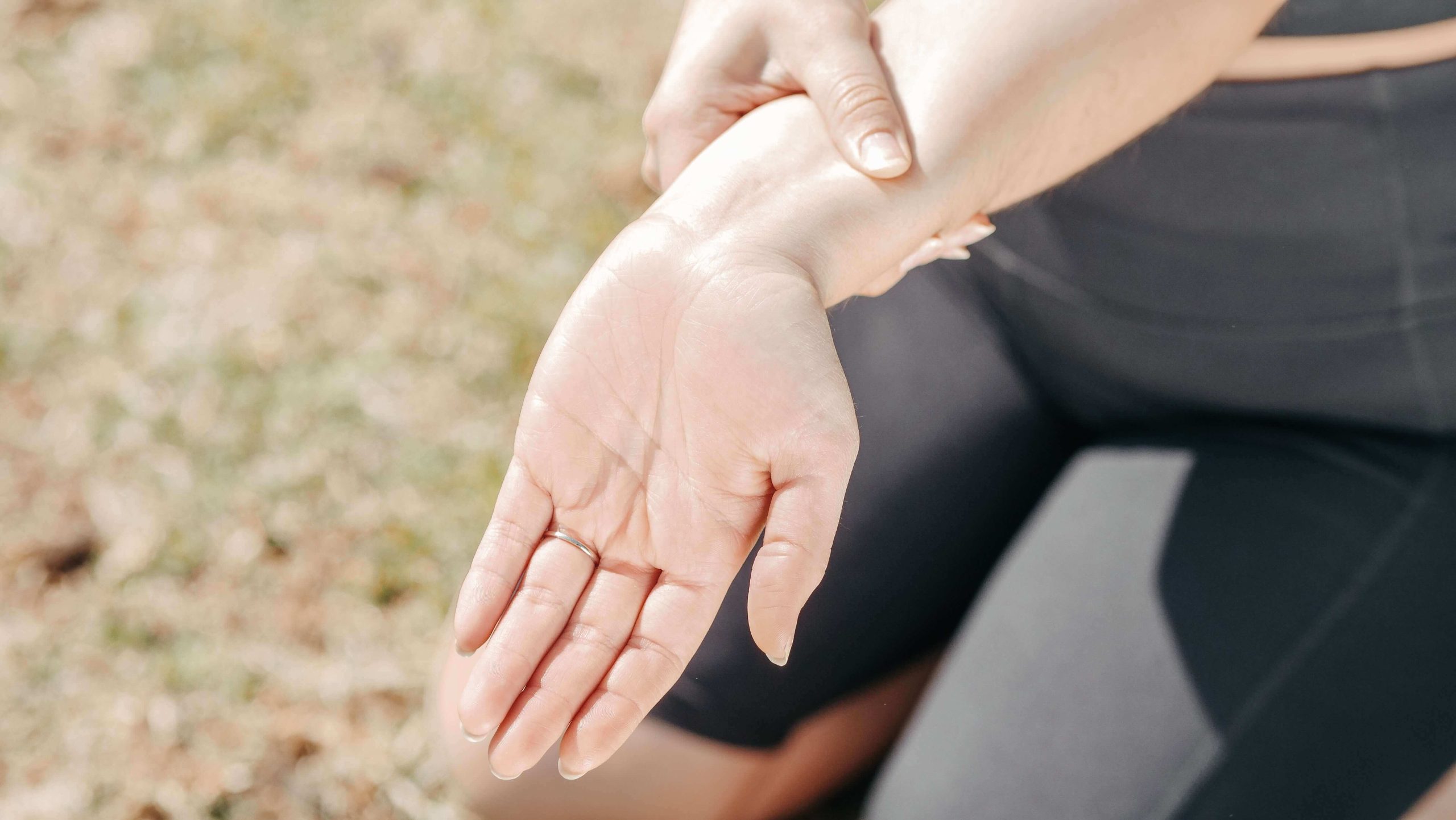What is it?
The scaphoid is a small bone in the wrist that connects the radius bone in the forearm to the hand, situated near the thumb. Scaphoid fractures are a relatively common wrist injury and are commonly misdiagnosed, as the pain can be similar to a sprained wrist, even when the bone has been broken.
Scaphoid fractures are notorious for complications in healing due to low blood supply to the area and how easily their diagnosis can be missed.
How does it happen?
A scaphoid fracture is often caused by a fall on an outstretched hand (FOOSH) or a direct blow to the wrist. It is more common in young adults than in children and the elderly.
What are the symptoms?
Symptoms of a broken scaphoid include wrist pain, swelling, bruising or discolouration of the skin over the injured area and difficulty moving the wrist or hand. As the swelling subsides you might notice pain at the base of the thumb when opening jars or gripping objects. There may also be a deep, dull ache in the wrist that doesn’t settle easily.
How is it diagnosed?
If you suspect that you have a scaphoid fracture, you should consult your physiotherapist or GP who will refer you for an X-ray to confirm if the bone is broken. Occasionally scaphoid fractures will not show up on an X-ray, so if the findings are negative yet your medical team still suspect a fracture, they may wait a week then X-ray again or send you for an MRI or CT scan to double-check. Though these fractures can often be treated without surgery, doctors may recommend surgical intervention for more severe cases or if the bone is not healing well enough on its own.
How can physiotherapy help?
If you have a scaphoid fracture, your doctor will likely prescribe a splint or cast to ensure the wrist is kept still until healing is complete, usually for a minimum of six weeks. Healing times will vary depending on which part of the bone has been broken. Following the removal of the cast or splint, there is often residual pain, stiffness and muscle weakness. Your physiotherapist can help you restore any deficits as well as resolve any other aches or pains that may have resulted from altered biomechanics.

